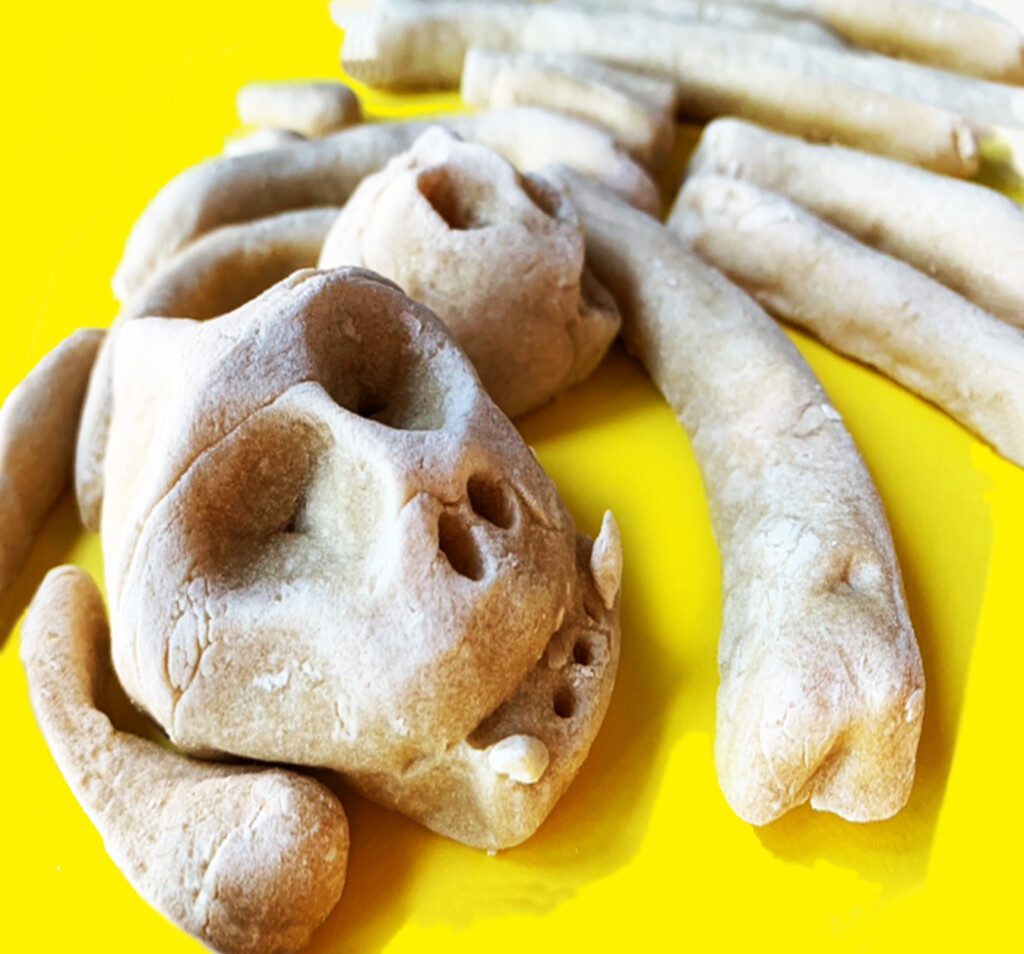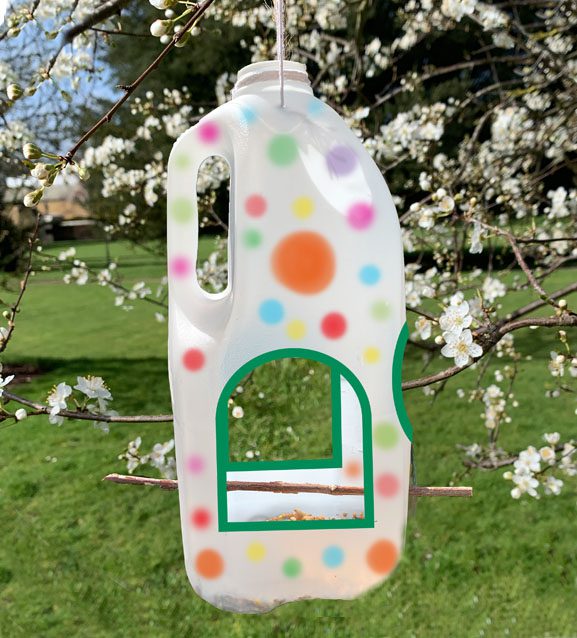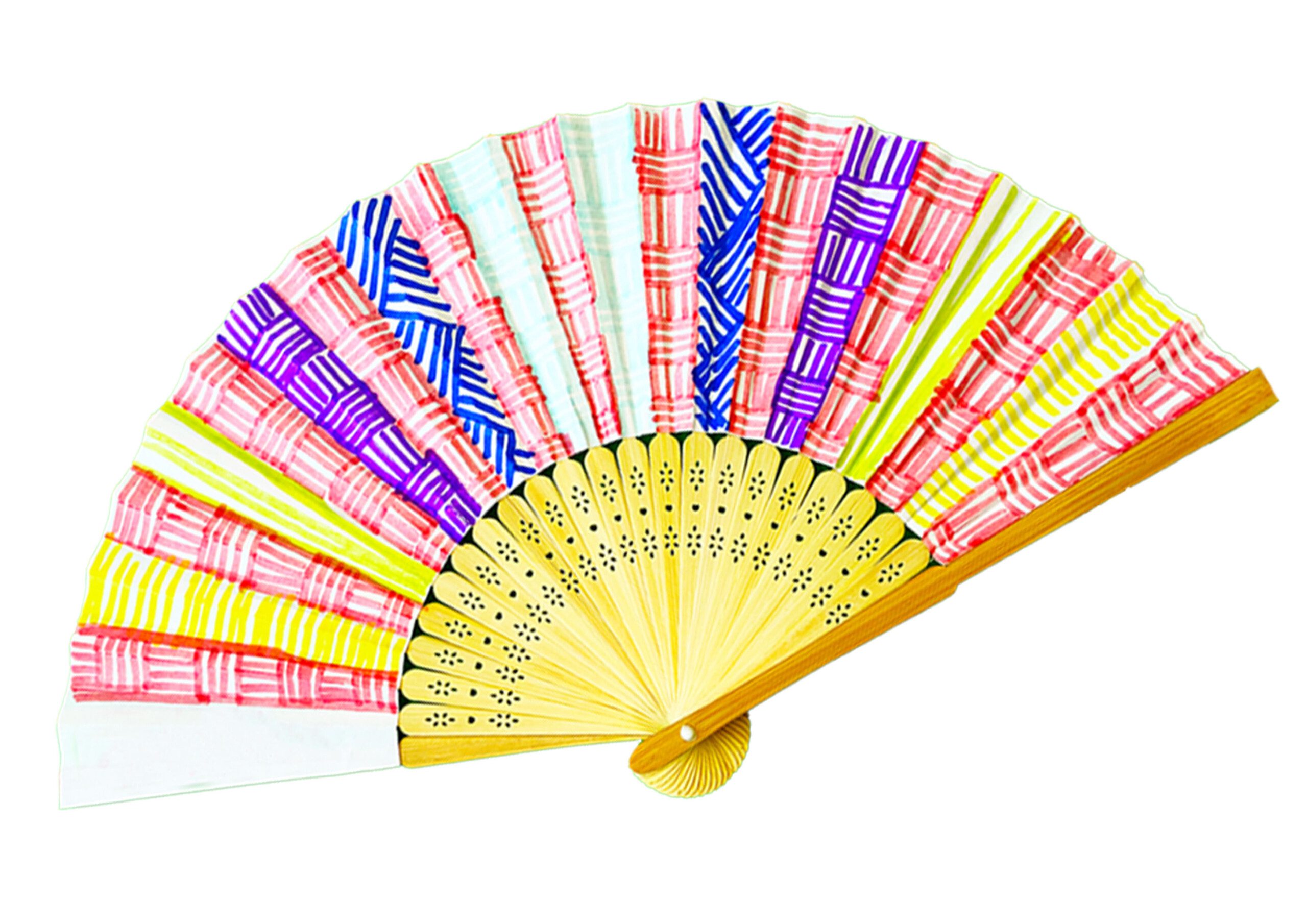Create your own salt dough bones with #MuseumMake – a fun craft activity inspired by The Powell-Cotton Museum and Gardens.
Did you know ivory, bones, teeth, antlers, shells, and horns have been used to make everyday objects for thousands of years? Humans have carved, reshaped, and modified these natural materials to create tools such as hammers and fishhooks; weapons such as spears, arrows, and harpoon points and many other items, like pendants, hairpins, gaming pieces, musical instruments and ceremonial objects.
Find out more about three of these natural materials in our museum collections.
Ivory
Ivory is a hard, white material from the tusks, and teeth of animals, that contains mainly dentine, one of the physical structures of teeth and tusks.

Objects made from ivory include netsuke, a small object used to fasten a container onto a sash or belt around a kimono. Many netsuke are intricately carved objects that look like miniature sculptures small enough to fit into the palm of a hand. Craftsmen would use different tools such as saws, chisels, knives, and drills to shape the ivory before sanding and polishing them.
Bone
Bone can come from many different sources including mammals, fish, and birds. Bone can be used in its natural form or polished with sand and other abrasives to create a smooth, glossy surface.
This model of a French frigate is made of bone, horsehair and metal pins. We believe it was made by a French prisoner in England who had been captured during the Peninsula Wars. The Peninsular War (1807–1814) was the military conflict fought in the Iberian Peninsula by Spain, Portugal, and the United Kingdom against the invading and occupying forces of the First French Empire during the Napoleonic Wars. Thousands of Frenchmen were imprisoned for many years and there were some skilled craftsmen among them. Others developed skills during the long days and years of captivity. Any material that came to hand such as wood, bone, glass, metal, string, or even straw was used to make items including combs, models, snuff boxes, game counters and dominoes.
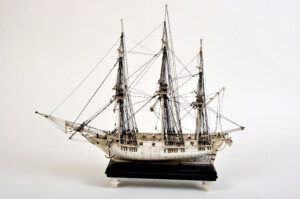
Shell
Shell is a hard, rigid outer layer, which has evolved in a very wide variety of different animals, including molluscs, sea urchins, crustaceans, turtles and tortoises, and armadillos for example.
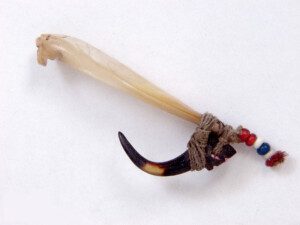
This 19th-century fish hook in the museum collection is from the Solomon Islands. Its white shank is most likely from a trochus shell, and the brown barb is made of tortoiseshell.
Tortoiseshell is the name of the material taken from the protective outer shell of some large marine turtles, especially the hawksbill, loggerhead, and green turtle. It is made of Keratin, a fibrous protein which is slightly flexible and can be heated and then moulded into various shapes. Tortoiseshell has a distinctive pattern in yellow, orange, and brown. It has been valued since ancient times when it was used for rings, bracelets, and musical instruments. It has also been used for boxes, combs, brush handles, pocketknives, jewellery and our fish hook. In 1973, the hawksbill and other sea turtles were declared endangered and international trading in modern tortoiseshell became illegal.
What next?
You could
- download our brilliant bones activity and make your own salt dough bones.
